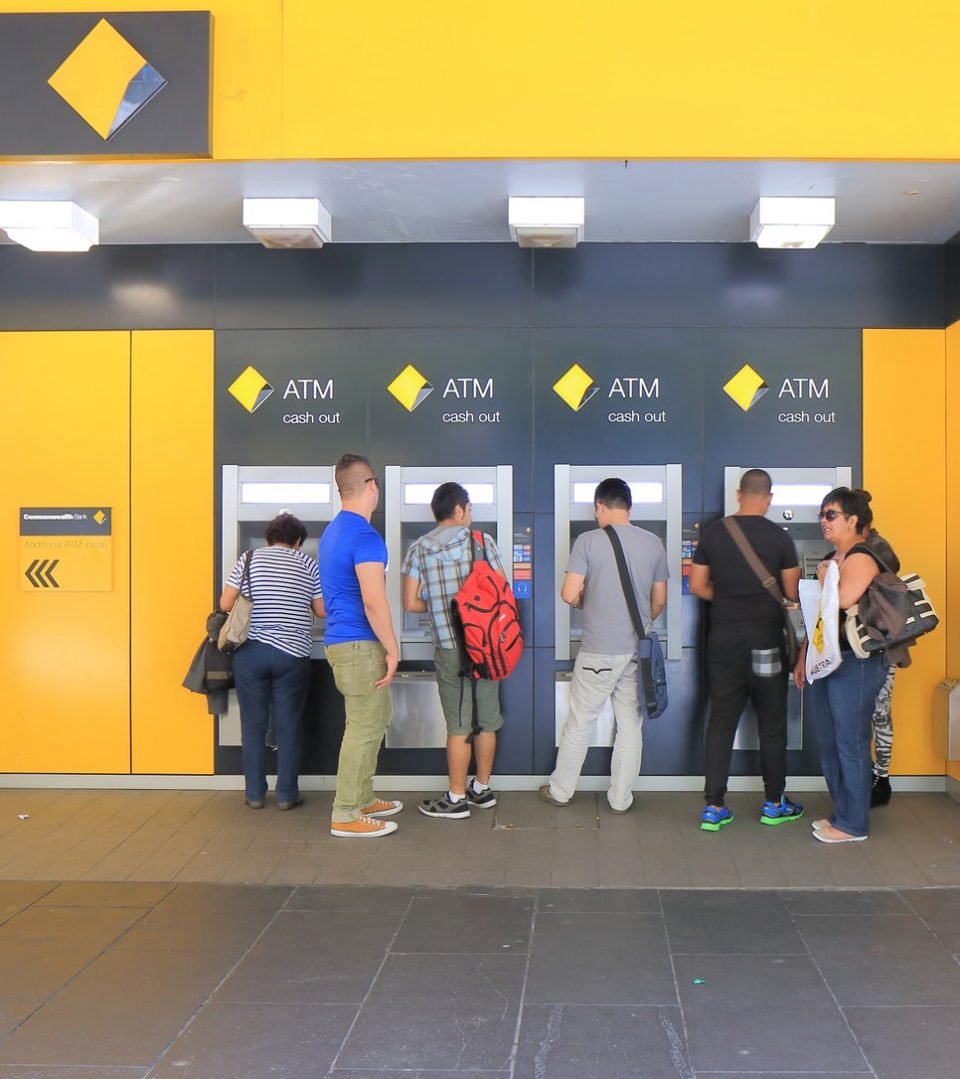Self-managed superannuation fund (SMSF) investors have been taking advantage of reduced sharemarket volatility to consolidate their portfolios, trading less often but taking larger positions during the first six months of 2017 than over the previous six months.
The latest CommSec SMSF Trading Trends Report shows SMSFs are twice as likely to trade in share parcels of more than $25,000 as non-SMSFs, and the total value of their trades increased by 2 per cent over the six months to June 2017.
Marcus Evans, Head of SMSF Customers for Commonwealth Bank said: “One trend that hasn’t changed is SMSF investors’ strong preference for Australian blue-chips. Over the six months to June 2017, ASX200 shares accounted for 60 per cent of all SMSF trades, compared to 54 per cent of non-SMSF trades.”
Within the ASX200, ‘buys’ of Telstra stock by SMSFs outnumbered ‘sells’ by almost two to one, making it the SMSF investor’s most preferred stock over the period. Transurban was also a favourite amongst SMSFs for ‘buys’ versus ‘sells’, while South 32 and Clydesdale and Yorkshire Banking Group were more likely to be sold than bought.
Analysis in the CommSec SMSF Trading Trends Report suggests the headline numbers conceal a significant level of diversification amongst some SMSFs.
“SMSFs are often characterised as insufficiently diversified, having portfolios concentrated in cash and large cap domestic equities, but some SMSFs are more diversified than we give them credit for.
“In the current low growth environment, it seems SMSFs have been seeking cost‑effective diversification. Our analysis shows an increased investment by SMSFs in hybrids, interest rate securities, and Australian and international Exchange Traded Funds (ETFs),” Mr Evans said.
The CommSec data also suggests many SMSFs use ETFs and Listed Investment Companies (LICs) to diversify into international equities, with SMSFs accounting for just under 60 per cent of CHESS holdings of international asset ETFs and LICs. SMSF holdings in ETFs and LICs increased by 15 per cent and 5 per cent respectively in the first six months of 2017.
Key findings in the report:
- The value of shares traded by SMSFs in the six months to June 2017 increased by 2 per cent compared to the six months to December 2017, while for non-SMSFs it decreased by 4 per cent.
- Compared with non-SMSFs, SMSFs are twice as likely to trade in share parcels of $25,000 or more.
- SMSFs are showing signs of diversification – they trade Exchange Traded Funds (ETFs) 34 per cent more often than non-SMSFs, and amongst CommSec clients, SMSFs account for more than 50 per cent of the investment in ETFs and Listed Investment Companies (LICs) by value.
- Gen Xs are the game changers. Over the past five years, 36 to 45 year olds have been the fastest growing SMSF segment in CommSec, making up 25 per cent of active investors.
- Over 65s still punch above their weight in SMSF trading activity. They represent 37 per cent of active SMSF investors by number and 40 per cent of trades by value. This cohort is most likely to trade in parcels greater than $50,000.
- Women are using SMSFs to increase their wealth. In dollar terms, women aged between 35 and 50 invested nearly one and a half times more in their SMSFs than in their personal accounts — the opposite of men of the same age.


